By Kanika Gautam
Child Developmental Milestones Tracking Checklist
Track your child's developmental progress and know How to Monitor Your Child's Developmental Milestones?
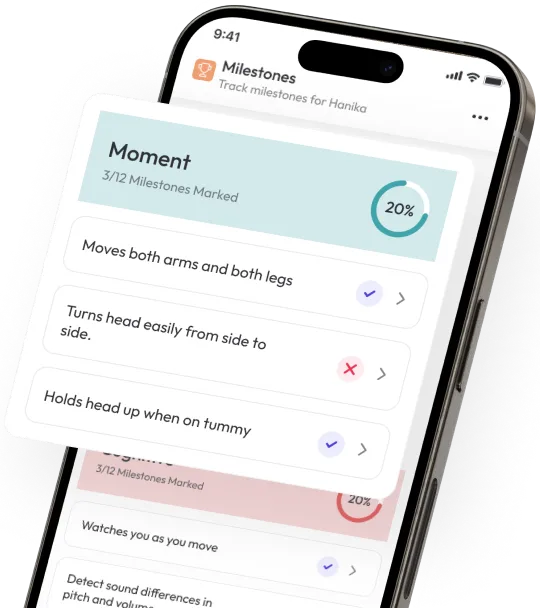
The ParentZ Child Developmental Milestone tracker and checklist allows parents to monitor and track their child's developmental progress against the list of important milestones using an interactive, illustrated checklist. You can also use the app to track child vaccination schedules, growth, medications, sleep, growth and teething. How to Monitor Your Child's Developmental Milestones? Download the Milestone Tracker mobile app to monitor and track your baby's developmental progress.
Digital Online Child Development Milestone Checklist
Bring hands near face
MovementBegins to smile
Smiles when you talk to or smile at her
SocialReacts to loud sounds
CommunicationSeems happy to see you
SocialMakes sounds other than crying
CommunicationMoves both arms and both legs
MovementLooks at us and maintain eye contact
SocialCan recognize your smell
CognitiveStarts focussing on moving objects (including face of caregiver) with eyes
CognitiveCalms down when spoken to or picked up
SocialTurns head easily from side to side.
MovementCan see things 8 to 12 inches away (eyesight is developing)
CognitiveLooks at a toy for several seconds
CognitiveCries to communicate
CommunicationHolds head up when on tummy
MovementWatches you as you move
CognitiveDetect sound differences in pitch and volume
CognitiveOpens hands briefly
MovementShows excitement by waving arms and legs
SocialRecognize familiar faces
CognitiveChuckles when you try to make her laugh
Chuckles (not yet a full laugh) when you try to make her laugh
SocialUses arm to swing at toys
MovementHolds head steady without support
MovementHolds a toy when you put it in their hand
MovementPushes up onto elbows/forearms when on tummy
MovementLikes to play with people and might cry when playing stops
SocialMakes eye contact
CommunicationOpens and closes hands
MovementComforts self by sucking on fist or fingers
MovementLooks at you, moves, or makes sounds to get or keep your attention
SocialBrings hands to mouth
MovementFollows moving objects with their eyes
CognitiveMakes cooing sounds
Makes sounds like “oooo”, “aahh” (cooing)
CommunicationLooks at his hands with interest
CognitiveSmiles on his own to get your attention
SocialTurns head towards the sound of your voice
CommunicationMakes sounds back when you talk to them
CommunicationRecognises breast or bottle
CognitiveCries differently for different needs (e.g. hungry vs. tired)
CommunicationIf hungry, opens mouth when she sees breast or bottle
CognitiveTurns head toward sounds
MovementBegins to say consonant sounds like “b” and “m.”
CommunicationBabbles and imitates sounds.
CommunicationReaches to grab a toy they want
CognitiveEnjoys playing with others
SocialTakes turns making sounds with you
CommunicationGrabs and shakes toys, brings hands to mouth.
MovementKnows familiar people
SocialImitates sounds and facial expressions
SocialSticks tongue out and blows
CommunicationPuts things in her mouth to explore them
CognitiveRocks from side to side and may roll over from tummy to back.
MovementLikes to look at self in a mirror
SocialBegins to pass things from one hand to the other
CognitivePushes up with straight arms when on tummy
MovementWhile lying on back, reaches both hands to play with feet
MovementLaughs
SocialSupports weight on both legs when standing
MovementMakes squealing noises
CommunicationListens and responds when spoken to
CommunicationLeans on hands to support self when sitting
Uses hands to support self while sitting
MovementCloses lips to show they don’t want more food
CognitiveStands, Holding on
MovementKnows familiar faces and begins to know if someone is a stranger.
CognitiveMakes a lot of different sounds like “mamamama” and “bababababa”
CommunicationReacts when you leave (looks, reaches for you, or cries)
SocialUses fingers to “rake” food towards himself
MovementCould start to crawl
MovementSits without support
MovementClings to familiar adults
SocialLooks for things when you hide or dropped out of sight
Looks for objects when dropped out of sight (like his spoon or toy)
CognitiveMoves things smoothly from one hand to other hand
MovementCopies gestures such as nodding head for “yes” and shaking head for “no.
CommunicationLifts arms up to be picked up
CommunicationShows several facial expressions, like happy, sad, angry, and surprised
SocialIs shy, clingy, or fearful around strangers
SocialRolls both ways (from tummy to back and back to tummy)
MovementBangs two things together
Explores things by banging, shaking or throwing.
CognitiveLooks when you call his/her name
SocialPicks up small objects with thumbs and fingers
MovementMight become attached to a special toy
SocialShows feelings by smiling, crying and pointing
SocialSmiles or laughs when you play peek-a-boo
SocialGets to a sitting position by herself
MovementPlays games with you
SocialUnderstands “no”
Understands “no” (pauses briefly or stops when you say it)
CommunicationPuts something in a container, like a block in a cup
CognitiveCalls a parent “mama” or “dada” or another special name
CommunicationPicks up things between thumb and index finger, like small bits of food
Picks things up between thumb and pointer finger, like small bits of food
MovementUses finger to point at things
CommunicationResponds to simple requests with simple gestures such as shaking head
CommunicationImitates sounds, gestures or actions to get parent's attention.
SocialUses simple gestures like shaking head “no” or waving “bye-bye”
CommunicationPulls to stand and stands, holding on.
MovementTries to say words
CommunicationManipulate objects by turning them over, trying to put one object into another, banging them etc.
MovementIs shy or nervous with strangers
SocialMight walk holding on to furniture
MovementDrinks from a cup without a lid, as you hold it
MovementExplores things by banging, shaking or throwing
CognitiveGets in and out of sitting position
MovementLooks for things baby sees you hide, like a toy under a blanket
CognitiveClaps when excited
SocialLooks at a familiar object when you name it
CommunicationStacks at least two small objects
Stacks at least two small objects, like blocks
CognitiveTries to say one or two words besides “mama” or “dada,” like “ba” for ball or “da” for dog
CommunicationHugs stuffed animal or doll or other toy
SocialShows you an object they like
SocialFollows directions given with both a gesture and words.
Follows directions given with both a gesture and words. For example, he gives you a toy when you hold out your hand and say, “Give me the toy.”
CommunicationUses fingers to feed herself some food
MovementTries to use things the right way
Tries to use things the right way, like a phone, cup, or book
CognitiveTakes a few steps on his own
MovementShows you affection (hugs, cuddles, or kisses you)
SocialCopies other children while playing
Copies other children while playing, like taking toys out of a container when another child does
SocialPoints to ask for something or to get help
CommunicationClimbs on and off furniture without help
Climbs on and off a couch or chair without help
MovementCan follow one step verbal command without any gestures, like giving you the toy when you say, “Give it to me.”
Follows one-step directions without any gestures, like giving you the toy when you say, “Give it to me.”
CommunicationMoves away from you, but looks to make sure you are close by
SocialPoints to show you something interesting
SocialCopies you doing chores, like sweeping with a broom
CognitiveTries to use a spoon
MovementMay remain standing without support
MovementTries to say three or more words besides “mama” or "dada"
CommunicationScribbles - May hold a marker and try to scribble
MovementHelps you dress him by pushing arm through sleeve or lifting up foot
SocialPlays with toys in a simple way, like pushing a toy car
Plays with toys in a simple way, like pushing a toy car
CognitiveLooks at a few pages in a book with you
SocialDrinks from a cup without a lid and may spill sometimes
MovementStart walking without support
Walks without holding on to anyone or anything
MovementPuts hands out for you to wash them
SocialFeed themselves with their fingers
MovementBegins to use 2 word phrases
Says at least two words together, like “More milk.”
CommunicationTries to use switches, knobs, or buttons on a toy
CognitiveKicks a ball forward.
MovementHolds something in one hand while using the other hand; for example, holding a container and taking the lid off
CognitiveUses more gestures than just waving and pointing, like blowing a kiss or nodding yes
CommunicationLooks at your face to see how to react in a new situation
SocialPoints to things in a book
Points to things in a book when you ask, like “Where is the bear?”
CommunicationNotices when others are hurt or upset, like pausing or looking sad when someone is crying
SocialWalks (not climbs) up a few stairs with or without help
MovementPlays with more than one toy at the same time
Plays with more than one toy at the same time, like putting toy food on a toy plate
CognitiveBegins to run.
MovementEats with a spoon
MovementPoints to at least two body parts when you ask him to show you
CommunicationUses things to pretend, like feeding a block to a doll as if it were food
Uses things to pretend, like feeding a block to a doll as if it were food
CognitiveFollows simple routines when told
Follows simple routines when told, like helping to pick up toys when you say, “It’s clean-up time.”
SocialTurns book pages, one at a time, when you read to her
MovementSays about 50 words
CommunicationMakes or copies straight line and circles
CognitivePlays next to other children and sometimes plays with them
SocialSays words like “I,” “me,” or “we”
CommunicationTakes some clothes off by himself, like loose pants or an open jacket
MovementNames things in a book when you point and ask
Names things in a book when you point and ask, “What is this?”
CommunicationShows you what she can do by saying, "Look at me!"
SocialFollows two-step instructions like "Put the toy down and close the door"
CognitiveStarts to jumps with both feet leaving the ground
MovementKnows at least one color
Shows he knows at least one color, like pointing to a red crayon when you ask, “Which one is red?”
CognitiveSays two or more words, with one action word
Says two or more words, with one action word, like “Doggie run”
CommunicationShows simple problem-solving skills
Shows simple problem-solving skills, like standing on a small stool to reach something
CognitiveUses hands to twist things, like turning doorknobs or unscrewing lids
MovementTalks clearly enough so that other can usually understand
Talks well enough for others to understand, most of the time
CommunicationCalms down within 10 minutes after you leave her
Calms down within 10 minutes after you leave her, like at a childcare drop off
SocialAvoids touching hot objects, like a stove, when you warn her
CognitiveSays first name, when asked
CommunicationAsks “who,” “what,” “where,” or “why” questions, like “Where is mommy/daddy?”
CommunicationUses three-word sentences and carries on a conversation.
Talks with you in conversation using at least two back-and-forth exchanges
CommunicationStrings items together, like large beads or macaroni
MovementUses a fork
MovementPuts on some clothes by himself, like loose pants or a jacket
MovementNotices other children and joins them to play
SocialDraws a circle, when you show him how
CognitiveSays what action is happening in a picture or book when asked, like “running,” “eating,” or “playing”
CommunicationNames a few colors of items
CognitiveAsks to go play with children if none are around
Asks to go play with children if none are around, like “Can I play with Alex?”
SocialAsks “why,” “where,” “what,” “when” and “how” questions
CommunicationUnderstands the concept of counting and may know numbers
CognitiveChanges behavior based on where she is
Changes behavior based on where she is (place of worship, library, playground)
SocialAvoids danger, like not jumping from tall heights at the playground
SocialSays sentences with four or more words
CommunicationAnswers simple questions
Answers simple questions like “What is a coat for?” or “What is a crayon for?”
CommunicationPretends to be something else during play
Pretends to be something else during play (teacher, superhero, dog)
SocialLikes to be a "helper"
SocialCatches a bounced ball most of the time
MovementEnjoys helping with simple household tasks
SocialSays some words from a song, story, or nursery rhyme from memory
CommunicationTells what comes next in a well-known story
CognitiveTalks about at least one thing that happened during his day
Talks about at least one thing that happened during his day, like “I played soccer.”
CommunicationHolds crayon or pencil between fingers and thumb (not a fist)
MovementComforts others who are hurt or sad, like hugging a crying friend
SocialServes himself food or pours water, with adult supervision
MovementUnbuttons some buttons
MovementDraws a person with three or more body parts
CognitiveSays first and last name
CommunicationMaintain a longer attention span of around 5 to 10 minutes during activities
Pays attention for 5 to 10 minutes during activities. For example, during story time or making arts and crafts (screen not count)
CognitiveDoes simple chores at home, like matching socks or clearing the table after eating
SocialKeeps a conversation going with more than three back-and-forth exchanges
CommunicationAnswers simple questions about a book or story after you read or tell it to him
CommunicationWrites some letters in her name
CognitiveButtons some buttons
MovementLikes to sing, dance and act for you
SocialNames some numbers between 1 and 5 when you point to them
CognitiveSays name and address
CommunicationFollows rules or takes turns when playing games with other children
SocialNames some letters when you point to them
CognitiveHops on one foot, may be able to skip
MovementCounts 10 or more objects
CognitiveBegins to understand time
Uses words about time, like “yesterday,” “tomorrow,” “morning,” or “night”
CognitiveUses or recognizes simple rhymes
Uses or recognizes simple rhymes (bat-cat, ball-tall)
CommunicationTells a story they heard or made up with at least two events in complete sentences
Tells a story she heard or made up with at least two events. For example, a cat was stuck in a tree and a firefighter saved it
CommunicationChild Developmental Milestone Checklists For All Ages
Monitoring development milestones using these CDC’s developmental checklists helps you determine how your child is growing and changing over time. It also helps in determining if they are meeting the typical social/emotional, cognitive (learning), language (speaking & communicating) and physical developmental milestones. Click on the month in the above section to see the milestones corresponding to that month.
Please note these are easy ways for parents to check your child’s development incase your child is not meeting any milestone don’t wait, act early and visit your child’s doctor (pediatrician).
Developmental Screening
The Pediatrics across the world recommends developmental and behavioral screening for all children during the visit to pediatrician especially when they have reached the below ages
- 9 months
- 18 months
- 30 months
In addition, Pediatrics also recommends autism spectrum disorder (ASD) screening of all children at age 18 months and 24 months.
The ParentZ Milestone Tracker App
Track your child’s milestones from birth to 5 years with our easy-to-use illustrated checklist. We provide easy to understand dashboard for parents to get an overview of the milestones achieved under each category of milestones – Social, Cognitive, Language and physical.
Track each milestones along with the photos and videos for future reference. Download Milestone Tracker App Now from App Store or Google Play.
We don’t share any personal information that can be used to identify you or your child with anyone expect you or caregiver or doctor or family member to whom you have given access using the app.
We track the child’s milestones against the milestones recommended by the CDC.
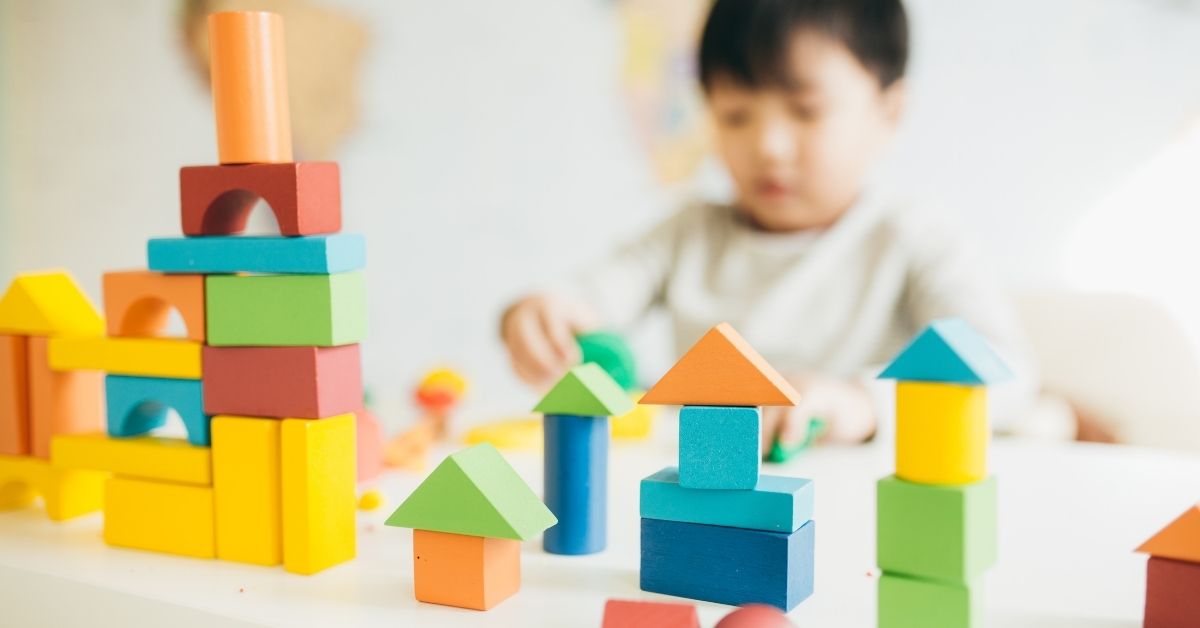
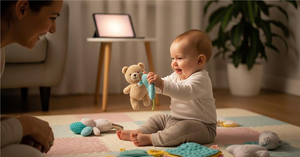

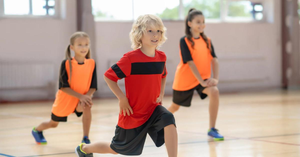

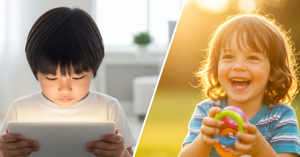
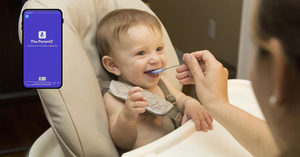
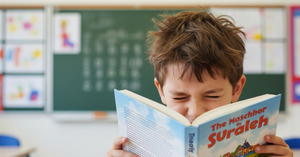
![[object Object]](/assets/img/theparentz_logo.png)





![[object Object]](/assets/img/download-app-vertical.png)